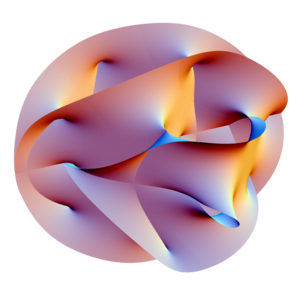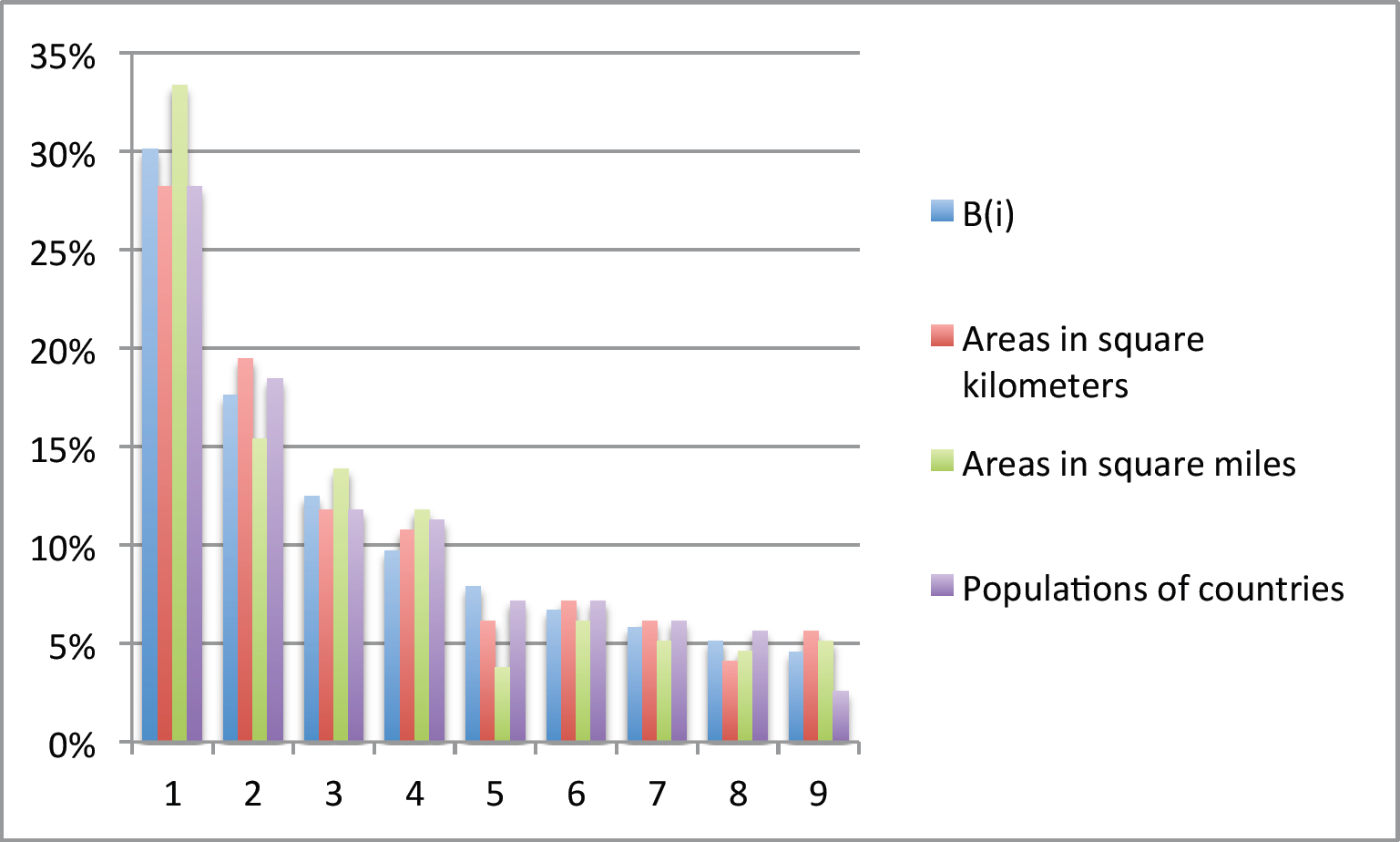
Figure 1: Illustration of a Calabi-Yau-manifold (Important for the description of higher dimensional models in superstring-theory).
Originating authors are Markus Ruppert and Hans-Georg Weigand.
1. Looking for the next dimension
Does our world really have more than three dimensions? If so, do objects in higher dimension have a relation to the world around us? Is it possible to get a perception of these objects or do they withdraw any representation? The Theory of Relativity uses four dimensions to explain the concept of space-time, six dimensions are necessary to describe the bending of space-time and different string theories even use representations in up to ![]() dimensions (e.g. L. Botelho, R. Botelho, 1999). Another current domain of application for higher dimensional objects and their three-dimensional representations is the study of non-periodic structures in modern crystallography. Within the concept of quasicrystals projections of higher dimensional point-sets (such as the integer-lattice in dimension
dimensions (e.g. L. Botelho, R. Botelho, 1999). Another current domain of application for higher dimensional objects and their three-dimensional representations is the study of non-periodic structures in modern crystallography. Within the concept of quasicrystals projections of higher dimensional point-sets (such as the integer-lattice in dimension ![]() ) to three dimensional space are supposed to be good models for non-periodic crystalline structures (see section 5 below).
) to three dimensional space are supposed to be good models for non-periodic crystalline structures (see section 5 below).








